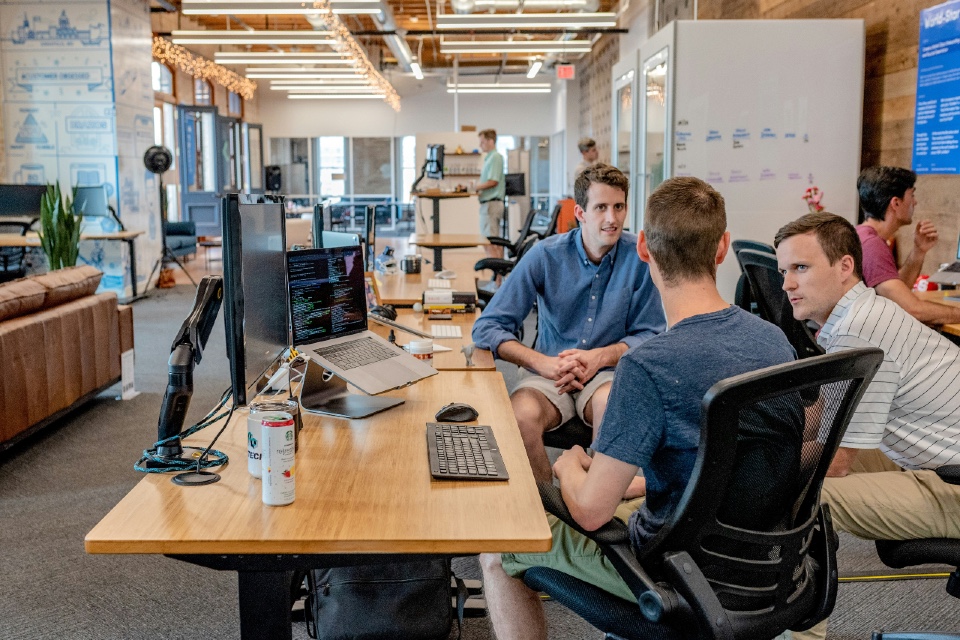INTRUSION DETECTION & PREVENTION MONTH: Evaluating IDPS vendors for your organisation

Intrusion Detection and Prevention Systems (IDPS) are a critical component of any organisation’s cybersecurity posture. For cybersecurity leaders, selecting the right IDPS partner is about more than just choosing a tool – it’s about investing in a strategic solution that aligns with your organisation’s evolving risk landscape, regulatory requirements, and operational needs. From threat intelligence and automation […]
NCSC outlines three-phase timeline for transition to quantum-resistant encryption methods

The National Cyber Security Centre (NCSC) has issued new guidance to help organisations prepare for and protect against threats posed by future developments in quantum computing. The guidance emphasises the importance of post-quantum cryptography (PQC), which is a new type of encryption designed to safeguard sensitive information from the future risks posed by quantum computers. NCSC […]
Weak authentication will be subject of increasing exploitations by AI Agents, says research

AI agents will reduce the time it takes to exploit account exposures by 50% by 2027, according to analysts at Gartner. “Account takeover (ATO) remains a persistent attack vector because weak authentication credentials, such as passwords, are gathered by a variety of means including data breaches, phishing, social engineering and malware,” said Jeremy D’Hoinne, VP Analyst […]
April 2025 is Data Governance Month on Cyber Security Briefing – Here’s how to get involved!

Each month on Cyber Security Briefing we’re shining the spotlight on a different part of the cyber security market – and in April we’re focussing on Data Governance solutions. It’s all part of our ‘Recommended’ editorial feature, designed to help IT security buyers find the best products and services available today. So, if you’re a Data […]
INTRUSION DETECTION & PREVENTION MONTH: How organisations are balancing automation and human expertise

With the rise of AI-powered security analytics, businesses now have the ability to automate threat detection, analyse massive datasets, and respond to attacks in real time. However, human expertise remains critical, as skilled cybersecurity professionals bring contextual awareness, intuition, and strategic decision-making that AI alone cannot replicate.vTo achieve the most effective defence against cyber intrusions, businesses are adopting a hybrid approach, combining AI-driven […]
Overcomplicated IT systems making workers leave their jobs

A significant proportion of UK employees are struggling to navigate workplace technology, resulting in many actually considering quitting to get away from their issues. That’s according to a Workspace 365 survey of 1,000 UK employees in organisations with more than 250 people, which underscores an urgent need for simplified and integrated digital environments, particularly as […]
ACCESS CONTROL MONTH: Combatting insider threats and data breaches

Insider threats remain one of the most significant cybersecurity risks for organisations. Whether caused by malicious intent, negligence, or compromised credentials, insider threats account for a growing number of data breaches. With sensitive data and critical systems at risk, businesses must adopt advanced access control solutions to mitigate insider threats and enhance cybersecurity resilience. By leveraging role-based access control (RBAC), […]
Cyber Secure Forum: Join HSBC, Heathrow Airport, The Met and more this June

The Cyber Secure Forum follows an award-winning format of meetings in a relaxed and intimate setting. Unlike regular trade shows, you will have the opportunity to meet with suppliers who specifically match your project requirements. What’s more, it is completely free for you to attend! 24th June 2025 Hilton, London Canary Wharf BOOK NOW As mentioned, your place is […]
The growth market for managed services: Opportunity in 2025

Despite the current turbulent economic climate, research firms across the world are forecasting great opportunity for managed services providers. For instance the firm, Horizon Grand View Research, points out that in 2023 the market generated a revenue of USD 17,471.8 million. It forecasts that this figure will reach USD 42,125 million by 2023, and anticipates growth […]
ACCESS CONTROL MONTH: The ‘never trust, always verify approach’ to security

With cyber threats growing more sophisticated, organisations in the private & public sectors are embracing the Zero Trust security model to enhance access control and reduce attack surfaces. Traditional perimeter-based security approaches are no longer sufficient, as remote work, cloud computing, and hybrid infrastructures increase exposure to cyber risks. Zero Trust access control ensures that no user […]


